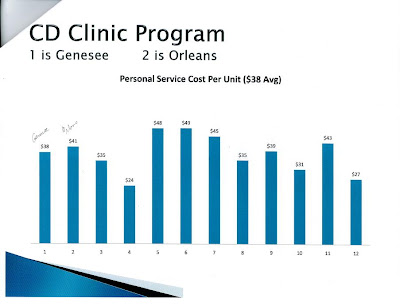My children were killed on March 10, 1993 by a repeat drunk driving offender. The DWI crash that killed my children was his third DWI. He was driving a tractor trailer truck with 48,000 lbs. of flour going from Lockport, NY to Schenectady,NY. He crashed into my wife and 4 children on Rt. 31 in Ogden between Brockport and Spencerport.
This is Brigid. She was born 04/11/87. She was 5 when she was killed. She would be 23 today.
This is Ryan. He was born 05/09/84. He was 8 when he was killed. He would be 26 today.
This is the crash scene on 03/10/93. My wife Angela and daughter Maureen aged 14 at the time, and son, Joseph who was 12 at the time survived. They all had extensive injuries and trauma.
I am a Psychiatric Social Worker. I will have been in the field 42 years on 10/31. I have worked with people with mental health and addiction problems my whole career. It seems very ironic that my community, my family, my children, and myself have been victimized by the disease that I have professionally and personally tried to help so many people fight over the years.
I have been the executive director of GCASA for the last 10 years. The previous executive director had also lost a child to DWI. There are other members of the GCASA staff who have lost relatives to DWI crashes as well. DWI fatalities happen across the board and can happen to any one.
Please do not drink and drive and don't let anyone, anyone, anyone, drink and drive. If you have to, call the police. Hopefully you will won't suffer the tragedies which hundreds of thousands of Americans have.














